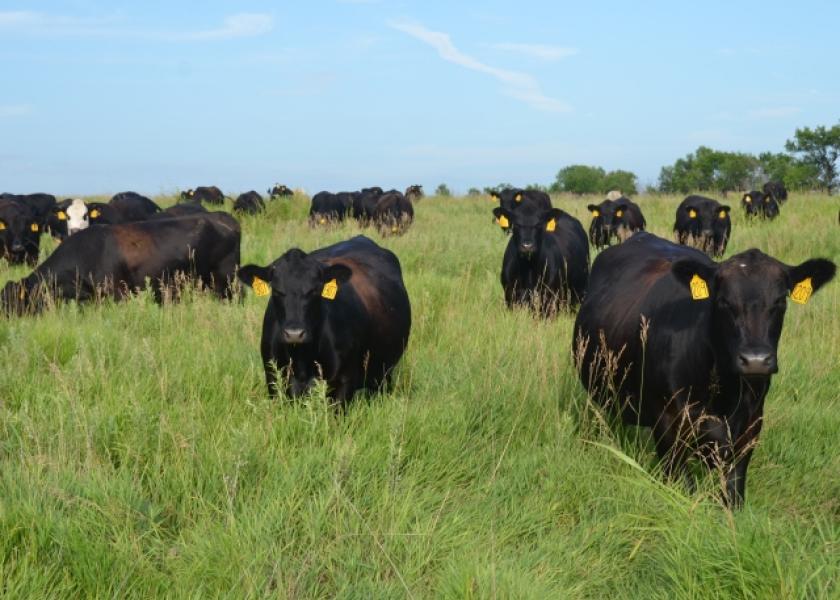Estrus Synchronization and Artificial Insemination in Beef Cows

Breeding season has begun or is just around the corner for most cow-calf operations. This week we address some of the pros and cons of estrus synchronization and breeding by artificial insemination (AI) in beef cattle. Heat synchronization of beef breeding females is a reproductive management process that has several potential benefits which include:
- Shortening and concentrating the breeding/calving season. It can simplify management by defining the breeding/calving season by getting more cows bred earlier.
- Makes managing the plane of nutrition of females easier since cows can be grouped according to breeding status and fed accordingly.
- Saves labor when monitoring calving.
- Increases the time for post-partum recovery in heifers and cows.
- More uniform calf crops in size and age resulting in a marketing advantage.
- Facilitates AI breeding to occur, permitting cow-calf producers to use genetically superior bulls with semen commercially available.
- Increases weaning weight performance through use of superior sires and earlier birthdates in the calving season.
Most of these benefits pertain to heat synchronization whether using natural service or AI. That being said, for an estrus synchronization program to be effectively implemented it needs to be well planned. Several best management practices should be kept in mind if you are considering heat synchronization.
First, it is not a substitute for good herd health, nutrition and management. Furthermore, synchronization programs are more successful when heifers are at adequate age and weight, and cows are in Body Condition Score 5 or better and at least 50 days post-partum. Synchronizing heats and AI breeding require adequate facilities which may not be a good fit for all operations. Heat detection can be extremely time consuming. With that in mind, several of the heat synchronization protocols covered in Chapter 31 of the OSU Beef Cattle Manual permit fixed time AI breeding which can minimize the time spent in heat detection.







